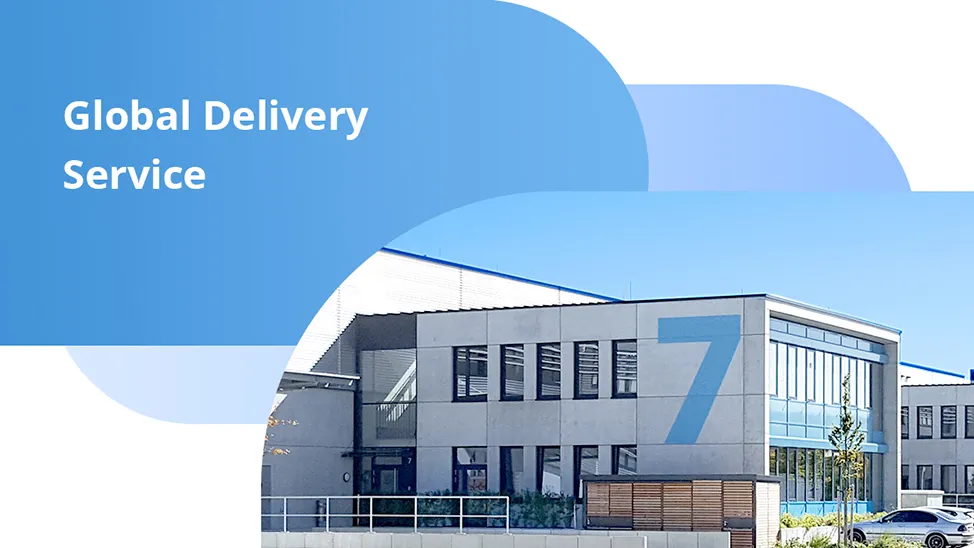Cloud Microservice
What is a cloud microservice?
Throughout history, software has predominantly adhered to monolithic architectures. However, as software complexities burgeoned, these monolithic codebases proved to be inadequate in scalability. Installation and updates necessitated meticulous planning, often resulting in downtime, and offered limited flexibility in selecting individual components beyond basic customization.
Enter cloud-native microservices, a revolutionary architectural paradigm for developing software applications. This approach entails breaking down applications into a distributed array of autonomously deployable and manageable modules, each serving distinct functions. Intercommunication between these modules occurs seamlessly through well-defined application programming interfaces (APIs). This method expedites development processes and enhances application scalability compared to traditional monolithic models. Microservices are engineered as decentralized application components, empowering them to operate autonomously while remaining deployable, updatable, and scalable to meet the overarching performance demands of the application.
The cloud-based scalability inherent in microservices ensures that the number of active service instances is never a limiting factor. Furthermore, microservices architecture accelerates development cycles, facilitating the rapid deployment of features and innovations to the market. For instance, updates can be seamlessly rolled out on a weekly basis, often imperceptible to end-users—marking a departure from the rigid release schedules of yesteryears.
What problems do cloud microservices solve?
As applications grow in size and complexity, the traditional monolithic approach to enterprise application development has become increasingly inefficient and problematic. As features accumulate, so do the interdependencies, resulting in heightened software complexity, prolonged development cycles, and a surge in software bugs. Conversely, modern cloud-based applications adopt a microservices architecture, where complex systems are decomposed into smaller, manageable units, each overseen by a focused development team.
Microservices are engineered independently, utilizing tailored technology stacks chosen for each specific service. This design enables streamlined addition or removal of features, swift bug resolution in real-time, and seamless updates without interrupting the overall application functionality. Furthermore, in a microservices setup, the resilience of applications is intrinsic — the failure of one service does not disrupt others.
Compared to traditional monolithic structures, microservices architecture offers numerous advantages, including:
-
Flexibility: Independent service design reduces complexity and issues.
-
Scalability: Services can dynamically scale up or down based on demand without necessitating costly hardware upgrades.
-
Resilience and programmability: Service failures have minimal impact on other components, and full API programmability enhances communication and failure handling.
-
Efficiency: Each service is tailored with optimized technology stacks, enhancing overall system efficiency.
-
Agility and deployment ease: Adding features, updates, and patches is straightforward, with bug fixes applied swiftly without network disruptions.
How do cloud microservices work?
The microservices architecture organizes an application into a series of compact, loosely interconnected, and autonomously deployable units. Each unit is crafted to fulfill a distinct business function and maintains communication with other units via clearly defined APIs.

-
Service Segmentation: The application's functionalities are segmented into smaller, manageable services based on business capabilities. Each service specializes in a particular task and is capable of individual development, deployment, and scaling.
-
Autonomous Development and Deployment: Each microservice is developed and deployed independently, often utilizing diverse technologies and programming languages. This autonomy empowers development teams to select the most suitable tools and frameworks for their specific service.
-
API-driven Communication: Microservices interact through APIs, employing lightweight protocols such as HTTP/REST, messaging queues, or event-driven mechanisms. Services expose well-defined APIs facilitating seamless data exchange.
-
Loose Coupling: Microservices exhibit loose coupling, ensuring independence and enabling evolution and updates without affecting other services. Modifications to one service do not necessitate alterations or redeployment of the entire application.
-
Scalability Independence: Every microservice can scale independently based on its unique demands. Services experiencing heightened demand can be scaled up, while less utilized ones can remain at lower scales, optimizing resource allocation.
-
Data Management: Microservices can possess individual databases, allowing each service to adopt the most suitable database technology. Techniques like event sourcing or distributed transactions manage data consistency and synchronization between services.
-
Resilience and Fault Isolation: Microservices are engineered to be resilient and fault-tolerant. In the event of service failure or issues, the entire application remains unaffected. Services can gracefully handle failures and continue operating autonomously.
-
DevOps Integration and Continuous Delivery: Microservices seamlessly integrate with contemporary DevOps practices, facilitating frequent deployments and continuous delivery. Independent deployment of each service ensures the swift release of updates and new features without disrupting the overall application.
-
Monitoring and Management: Monitoring and managing microservices pose challenges due to the distributed nature of the architecture. Specialized tools and platforms monitor the health, performance, and availability of each service, enabling proactive maintenance and troubleshooting.
Through the adoption of microservices architecture, organizations can realize advantages such as enhanced scalability, flexibility, fault isolation, and expedited time-to-market for new features. Nonetheless, this architectural approach also brings about intricacies pertaining to inter-service communication, data consistency, and distributed system management, necessitating careful attention and management.

-
Small Office Network Expansion Solution
As small office networks grow and expand, traditional office network architectures may not meet their requirements for large-scale data transmission, multiple device connections, and high-speed internet access. Therefore, designing and implementing a smal
-
Data Center Network Solution for Universities
The establishment of university data centers helps campus platforms get rid of their dependence on IDC and makes private data more secure.
-
Network Traffic Monitoring Solution for Medium and Large Enterprises
With the application of 5G, SD-WAN, IoT, etc., networks are becoming more complex than ever. Today service providers and enterprises have high standards of data they must be able to view all data and applications in real-time to protect and manage their g


